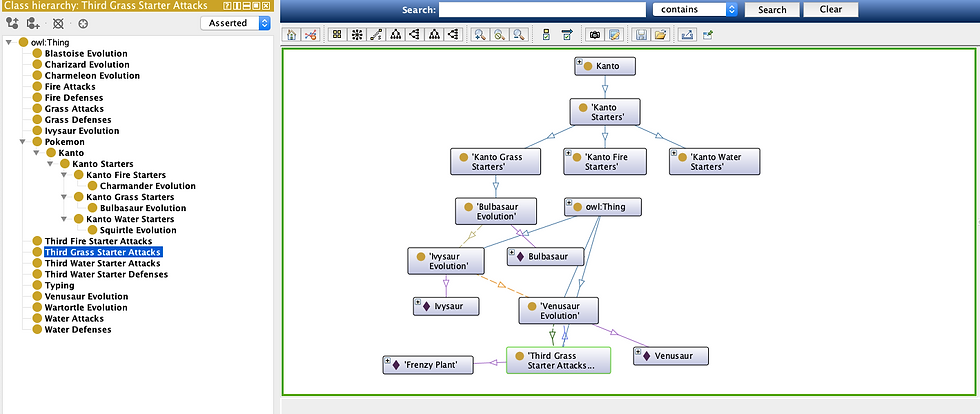Ontology: The Multi-lens Data Structure
- jatang
- Sep 2, 2022
- 2 min read

People often ask me, "what is an ontology and how can it help me and my business?" And I say, "in lots of ways," because an ontology is a multi-lens data structure able to meet the unique data needs of every member of your team without having multiple cumbersome data silos. And here, in this post, we will talk about some of those lenses that an ontology provides.
In the digital age that we live in most companies have a website in order to reach users. And it is because of this search and navigation are important. And the way to support the search and navigation of a website is through a stable but flexible data structure. Where there is no fear of a pivot table breaking or uncertainty of where a join leads to, an ontology makes it clear where your data relationships are connected and how you can use them. With your data relationships defined in an ontology you can figure out which relationships can appear in your navigation using UX research while keeping the rest of the relationships on the backend to power search. And just like your customers your employees are users too, able to use the ontology according to their needs.
An organization can only run as well as its data is defined. And an ontology defines every aspect of an organization so its data and information work seamlessly with the business goals. With the data defined organizational effectiveness becomes a much more effective tool in which to work with. And part of that goal is also having the product data well defined and included.
The product and or service data is one of the most important areas of a business as it is the part that brings in revenue. And if the product data is properly structured and included in the ontology then other aspects of the business become more clear such as search and navigation, which we previously discussed, Product Data Management as well as Data Analytics. Having your data structured makes it much more useful in order to gain insights on.
With your data structured in an ontology, company data starts working for you. One way is that you are able to gain valuable insights from it. With your data logically structured and sent out to various instances it becomes easier to make predictions on what your customers want next. In addition, you are able to answer questions based on your data. In either way you require it, an ontology can support both your Data Science and Data Analytics needs.
The many ways that an ontology can be used is done through the use of a knowledge graph. Once the ontology has been built according to semantic standards included in SKOS, OWL, and RDF then it becomes possible to put the structure into a graph so that it can be federated to other instances as needed. With your ontology built and maintained in a knowledge graph your business needs are able to be met and optimized.





Comments